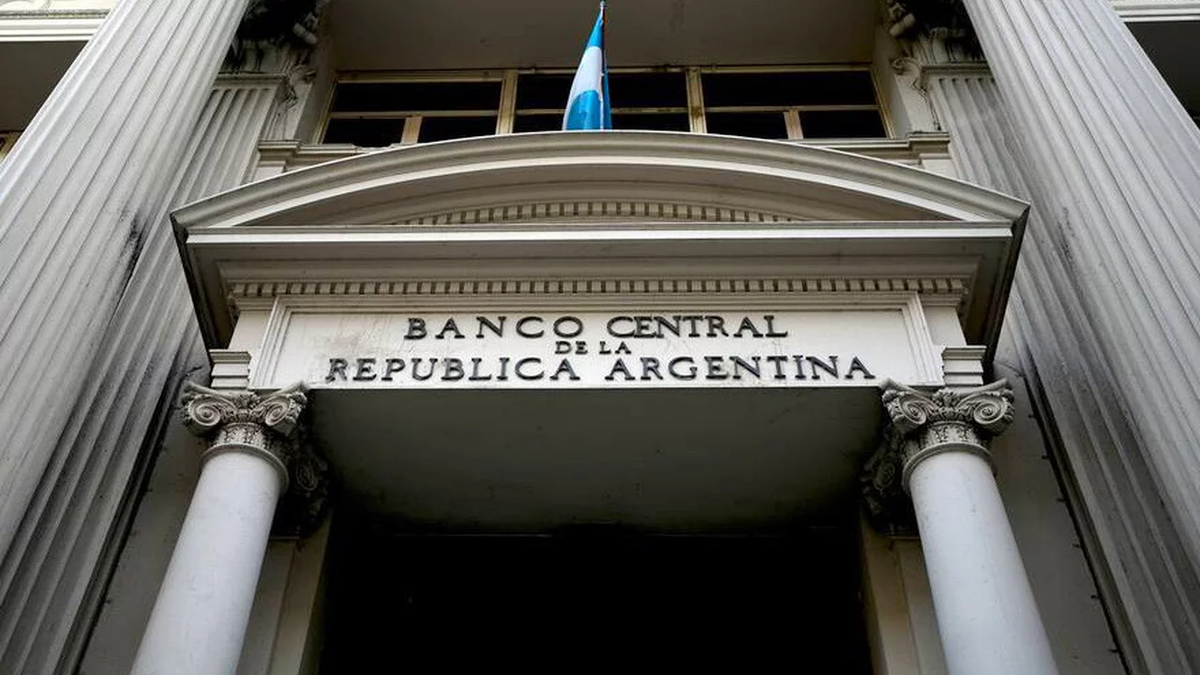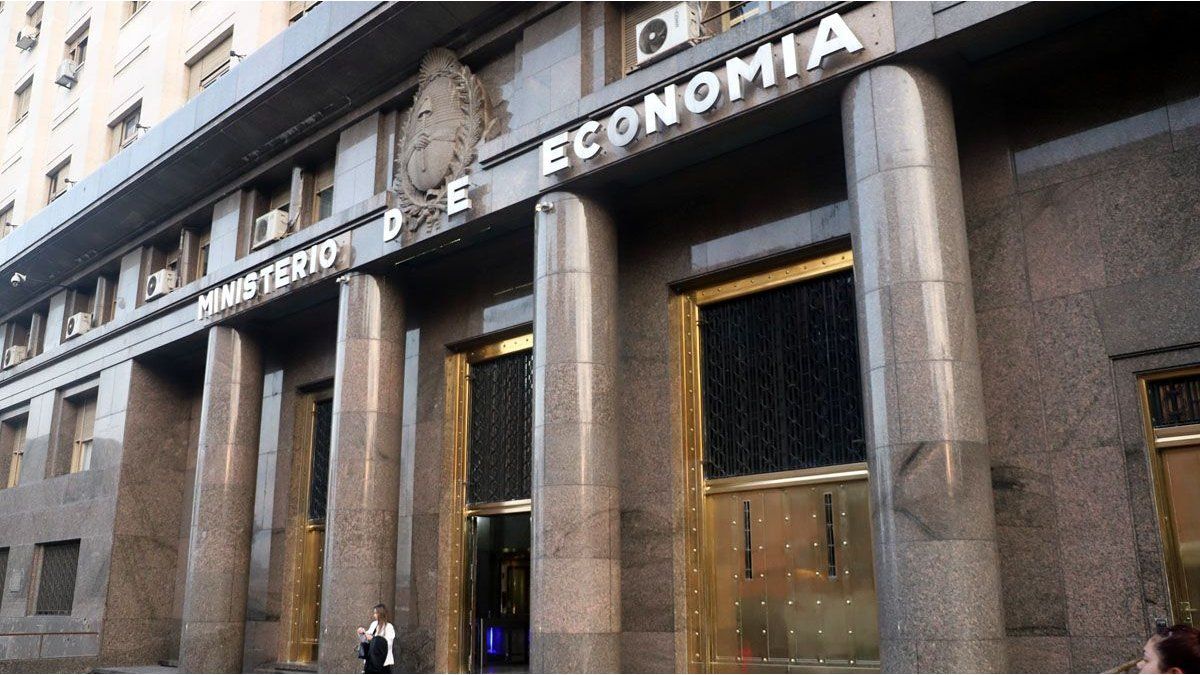According to a study of Europol and the European Observatory on Drugs and Addictionsunprecedented amounts of cocaine were seized in 2020 and the continent “faces a growing threat from a more diversified and dynamic drug market.”
With regard to cocaine, studies indicate that an important part continues to be produced in Colombia, Bolivia and Peru, but that the networks diversify the use of ports on the Latin American continent and North Africa in their attempts to get the drug to Europe.
“Since the opening of peace negotiations with the FARC and the Colombian government … we have seen a dramatic increase in cocaine production in Colombia,” said Alexis Goosdeel of the European Observatory.
In addition, he pointed out, “there has been an improvement in chemical processing” and with it the volume of drugs produced.
Police seized most of the cocaine in Belgium, the Netherlands and Spain in 2020, the three countries where the bulk of the drug is processed before distribution.
In addition to cocaine, methamphetamine has also become a growing problem.
“On several occasions, tons of methamphetamine produced in South America have been seized in the European Union. In most cases, she came from Mexico,” De Bolle explained at a press conference.
Thus, methamphetamine, the most widely used synthetic stimulant drug in the world, plays a “relatively minor role in the European drug market”, according to the report, although the most recent data suggest a “growing threat”.
The new nature of this market has resulted in “record levels of drug availability, increased violence and corruption, and worsening health problems,” the study notes.
Source: Ambito
David William is a talented author who has made a name for himself in the world of writing. He is a professional author who writes on a wide range of topics, from general interest to opinion news. David is currently working as a writer at 24 hours worlds where he brings his unique perspective and in-depth research to his articles, making them both informative and engaging.




